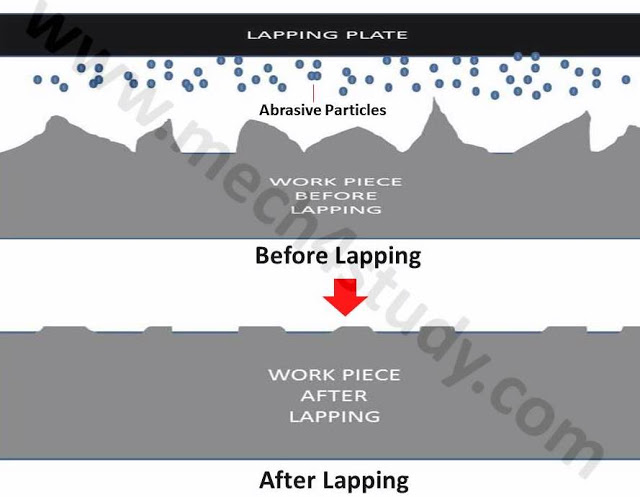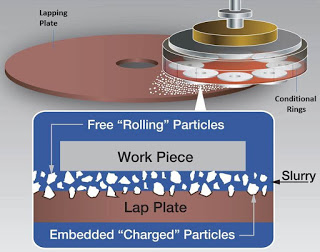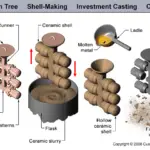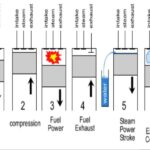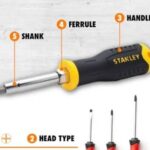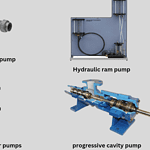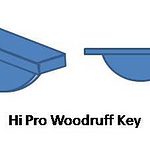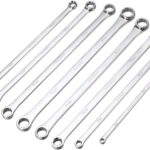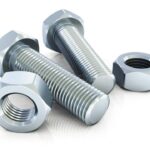Today we will discuss about Lapping. Lapping is a super finishing process used to create flat surfaces. It is an oldest method to obtain extreme dimensional accurate surface. It this process, two mating surfaces are rubbed together with an abrasive between them. It will remove small amount of metal in form of microchips. It is mainly used to produce close fit of mating surfaces. Honing is mainly used to finish cylindrical hollow section while lapping is used for finish flat surfaces.
Lapping is a follow up process after grinding and used for create high accurate finish surface. This process is similar to grinding except it uses loose abrasive particle to remove instead of bonded material like grinding wheel. It usually removes 0.03. – 0.003 mm from work piece.Learn more about what is lapping process, its principle, types, advantages and disadvantages in this articles.
Lapping Process:
Principle:
The metal removal principle in lapping is same as other metal finishing process. The metal is removed due to abrasion action of abrasive particles.
This process uses a lapping plate. This plate is made by cast iron. Sometime other soft material like copper, brass etc. is used for it. The abrasive particles placed between work piece and lapping plate in form of oil mixed slurry or gel. This oil or other paste used as transporting medium for abrasive particle, avoid heating and also provide transporting medium for removed micro chips. The lapping plate remains stationary in hand lapping and rotates at a speed of 10 – 150 rpm in machine lapping. The work piece is allowed to do reciprocating motion over lapping plate which removes the material in form of microchips. During this rubbing action a pressure of about 3 pound per square inch should maintain between these two part which allow proper rubbing action. It can achieve dimensional tolerance on the order of 0.0004 mm.
Types:
The Rubbing action in lapping can be done manually or by use of machine. According to it, lapping can be divided into two types.
Hand Lapping:
In hand lapping process, the work piece is rubbed over the lapping plate manually. In this process first the plate is coated with the abrasive material which in in the form of paste. Now the work piece is rubbed over plate by applying a small pressure manually.
Machine Lapping:
It is used for finish large quantity of similar parts. This machine involves a rotating lapping plate and conditional rings. Conditional rings provide sits for work piece. This rings rotate and rubbed the work piece against lapping plate. Abrasive particles are provided with suitable medium like liquid or in powder form. This rubbing removes metal in form of microchips and provide super finishing.
Advantages:
- It can finish every material irrespective its hardness.
- Size and shape is no limit of lapping process.
- High accuracy can obtain.
This is all about lapping process, its types, advantages and disadvantages. If you have any query regarding this article, ask by commenting. If you like this article, don’t forget to share it with your friends. Subscribe our website for more informative articles. Thanks for reading it.

